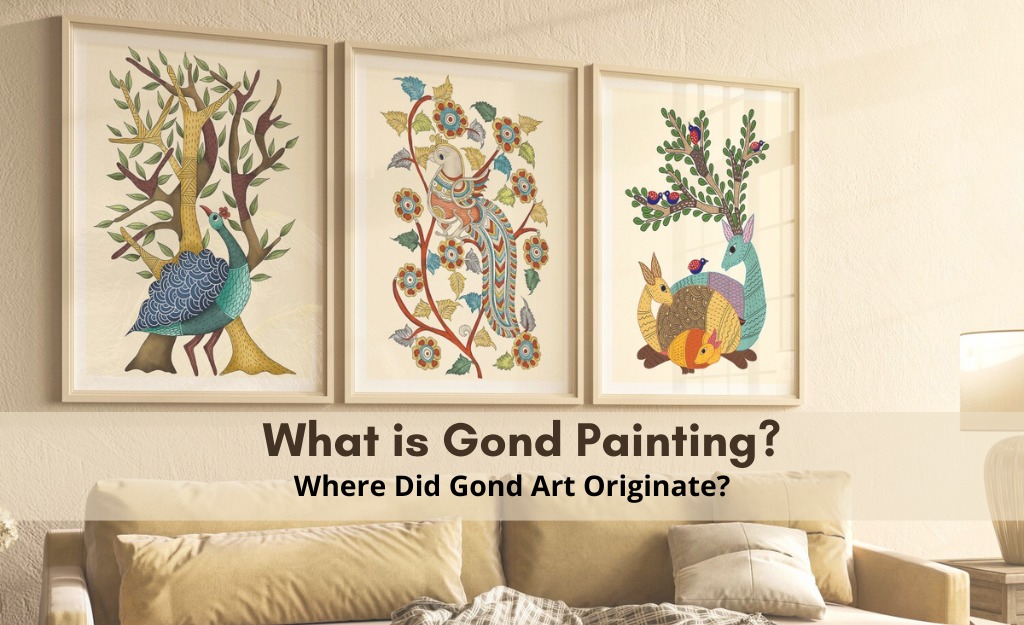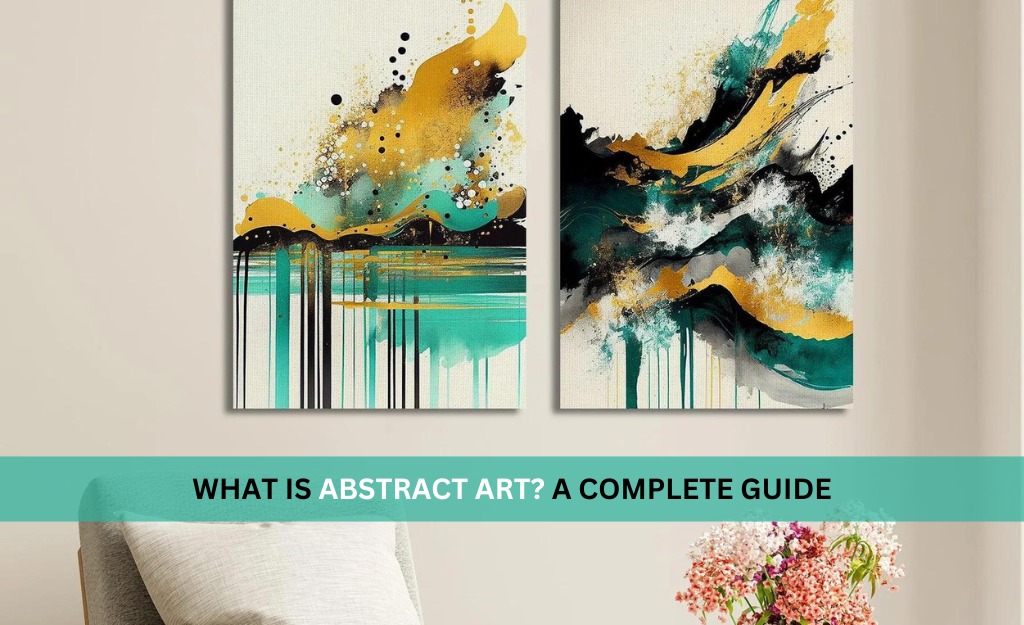Landscape painting is a genre of art that focuses on depicting natural scenery such as mountains, valleys, rivers, forests, and skies. It is one of the oldest and most popular forms of artistic expression, dating back thousands of years to ancient civilizations such as the Egyptians, Greeks, and Chinese. Throughout history, landscape wall art painting has evolved and flourished, with artists from diverse cultures and time periods capturing the beauty and majesty of the natural world in their artwork.
Origins and Evolution
The origins of landscape painting can be traced back to ancient times when early civilizations depicted landscapes in murals, frescoes, and pottery. In ancient Greece and Rome, landscape scenes were often included in mythological and historical narratives, serving as backdrops for epic tales and legends. During the Middle Ages, landscape art painting took on a more symbolic and spiritual significance, with artists using landscapes to convey religious themes and allegorical meanings.
It was during the Renaissance period in Europe that landscape wall art painting began to emerge as a distinct genre in its own right. Artists such as Leonardo da Vinci, Albrecht Dürer, and Pieter Bruegel the Elder pioneered new techniques and approaches to depicting the natural world, capturing the beauty and realism of landscapes with unprecedented detail and precision. The Dutch Golden Age of painting in the 17th century saw a surge in landscape painting, with artists such as Rembrandt, Vermeer, and Jacob van Ruisdael creating iconic works that celebrated the Dutch countryside and its picturesque scenery.
Characteristics of Landscape Painting
As mentioned above, landscape painting is characterized by its focus on depicting the natural world, with an emphasis on capturing the beauty, mood, and atmosphere of outdoor scenes. Common elements of our framed landscape painting online include:
- Composition: Landscape paintings often follow traditional compositional techniques such as the rule of thirds, leading lines, and focal points to create balance and harmony within the composition. Artists carefully arrange elements such as trees, mountains, and bodies of water to create a sense of depth and perspective.
- Light and Shadow: Light plays a crucial role in landscape wall art painting, with artists using variations in light and shadow to create mood, atmosphere, and depth. The interplay of light and shadow across the landscape adds drama and interest to the scene, drawing the viewer’s eye and creating a sense of realism.
- Color Palette: The color palette in landscape art painting varies depending on the time of day, season, and location depicted in the artwork. Artists use a wide range of colors to capture the changing hues of the natural world, from vibrant greens and blues to warm yellows and oranges. The use of complementary colors and color harmony helps to create a sense of unity and coherence within the painting.
- Brushwork and Texture: Landscape paintings often feature a variety of brushwork and texture to convey the different elements of the natural world. From the smooth, flowing brushstrokes of a calm river to the thick impasto of a rugged mountain peak, artists use a range of techniques to create texture and tactile interest within the painting.
Themes and Subjects
Landscape painting encompasses a wide range of themes and subjects, from idyllic rural scenes to dramatic seascapes and urban cityscapes. Common themes include:
- Rural Landscapes: Depictions of countryside scenes, including farms, fields, and meadows, often evoke a sense of peace, tranquility, and nostalgia.
- Seascapes: Paintings of oceans, beaches, and coastlines capture the beauty and power of the sea, with artists portraying crashing waves, rocky cliffs, and serene sunsets.
- Urban Landscapes: Cityscapes and urban landscapes depict the hustle and bustle of city life, with artists capturing the energy, diversity, and complexity of urban environments.
- Wilderness and Wilderness: Wilderness landscapes showcase the untamed beauty of nature, with artists depicting rugged mountains, dense forests, and vast deserts in all their raw and unspoiled glory.
Interpretation and Appreciation
Landscape wall art painting offers viewers a window into the natural world, inviting them to explore and appreciate the beauty, diversity, and majesty of the earth’s landscapes. From the rugged beauty of the Rocky Mountains to the tranquil serenity of a Japanese garden, landscape paintings evoke a sense of wonder and awe, inspiring viewers to connect with nature on a deeper level.
Many landscape paintings also carry deeper symbolic and metaphorical meanings, reflecting the artist’s personal experiences, emotions, and worldview. Whether depicting a serene pastoral scene or a tumultuous stormy sky, landscape paintings have the power to evoke a wide range of emotions and stir the imagination of viewers.
At SAAJ, we offer a huge collection of landscape painting online in India that embodies a rich and diverse genre of art, celebrating the beauty and majesty of the natural world. From ancient civilizations to the present day, artists have been captivated by the ever-changing landscapes of the earth, seeking to capture their essence and beauty in their artwork. Through careful composition, use of color, and attention to detail, our landscape wall art paintings invite viewers to embark on a journey of exploration and discovery, connecting with the beauty of nature in all its forms.







